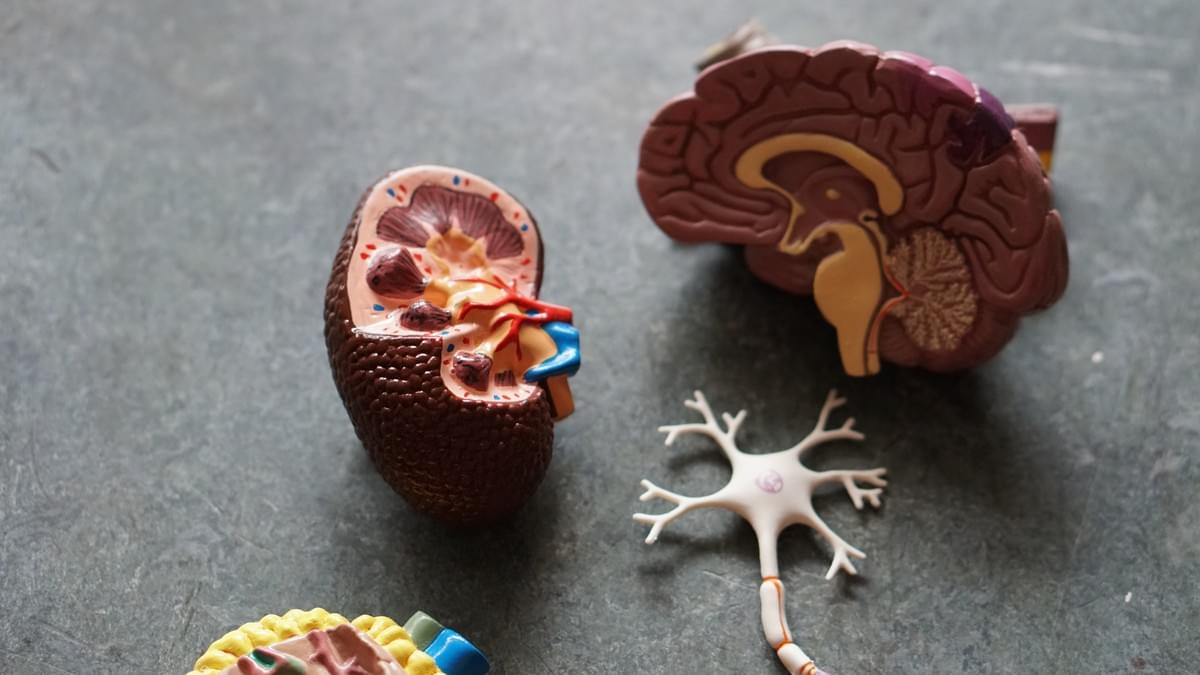
Stellate Ganglion Block (SGB) is a relatively new non-pharmacological approach to the management of post-traumatic stress disorder (PTSD) symptoms in patients with very severe or recurrent PTSD. Many studies in clinical trials have concluded that SGB treatment is very effective and has a high probability of being effective. However, the actual mechanism of action is still unknown and remains an enigma for researchers. One of the possible mechanisms is the increase of serotonin in the brain which can potentially reduce anxiety, alleviate negative moods, and alleviate other mental health symptoms.
Answer. Yes, according to a large, peer-reviewed, placebo-controlled clinical trial. In this double-blind, randomized clinical trial, two doses of stellate ganglion block (a.k.a. 2.0 mg orally) were found to be effective in reducing Clinician-Administered PTSD-specific scores over 2 weeks, compared to placebo. The adjusted mean change was 12.6 points, significantly greater than the placebo group who showed a decrease of 5.4 points.
Question. What is a stellate ganglion block? Answer. This procedure is a convenient alternative to traditional neuroleptic drugs (antipsychotic medications) to manage moderate to severe psychiatric symptoms like anxiety, panic attacks, nightmares, and flashbacks. Traditionally, these types of procedures are done by inserting a light into the patient's eye at the time of the procedure. Anesthetic drops are then given to the patient, which prevents a serious adverse reaction to the local anesthetic agents used during the procedure.
Stellate Ganglion Block (SGB) is a minimally invasive technique that involves the use of a localized anesthetic combined with a selective block of the ganglions (comprising the dorsoventral muscle and the lunula) along with the release of acetylcholine. The brainstem auditory evoked response system is activated through stimulation of the cervical sympathetic chain in the midbrain by light to allow for a thorough vagus nerve block with a local anesthetic.
The result is a complete inoperative state for the proper pharyngological procedures without any side effects from sedation. A postoperative complication rate of less than 1%, including some refractory patients, suggests the efficacy and safety of the procedure.
Question. Why use stellate ganglion block? What are the advantages of this minimally invasive procedure? Answers.
The stellate ganglion block is a minimally invasive technique, used in the treatment of complex regional pain syndrome, for which it is reported that standard treatment protocols yield very poor results. SGB improves upon the current treatment protocol by reducing pain and stimulating the brain to prevent the release of acetylcholine. Unlike standard treatment, stellate block does not require a general anesthetic.
It can be administered under local anesthesia with the use of fluoroscopy or a spinal tap. It also requires no pre-operative imaging studies or approval by a medical board. An alternative post for more info on the topic here: https://en.wikipedia.org/wiki/Stellate_ganglion